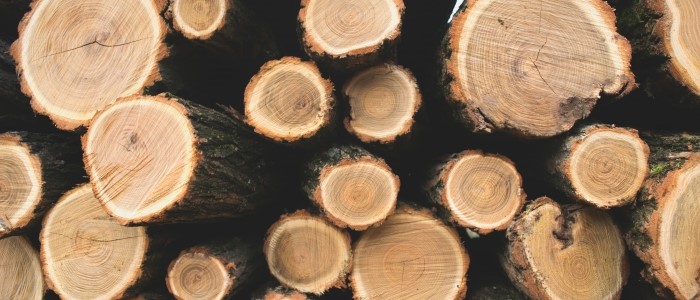Wood has been used as fuel since the dawn of time and it’s increasingly being touted as a fuel of the future. In this blog, we look at wood as a biofuel and how it has the capacity to be the largest renewable fuel throughout the world.
Let’s start at the beginning and look at what biomass is. Biomass is fuel developed from organic materials. It’s a renewable energy and a developing alternative to fossil fuels.
There are many pros to biomass energy. It’s renewable and reduces our dependency on fossil fuels. The carbon neutral aspect makes it very attractive along with the fact it can help reduce waste.
Wood fuel
Biomass in a variety of forms already accounts for half of Europe’s renewable-energy consumption. Since wood was labelled as a renewable energy its usage has soared. This low carbon fuel is largely reliable – more so than that produced by the sun or wind. The EU is focused on 20% of its energy coming from renewable sources by 2020 and wood fuel can make a large contribution to this.
Wood to power planes
Recent developments in the aviation sector demonstrate just how seriously wood biofuel is being taken. There’s a wealth of research which shows that aeroplane emissions make a significant contribution to greenhouse gas and climate change. Alaska Airlines are trying to meet this challenge and have used a blend of traditional jet fuel and wood biofuel to power some commercial flights. Recently this fuel was used on a flight from Seattle to Reagan National Airport in Washington, D.C. Colorado-based company Gevo developed Alaska Airlines’ fuel which is a mix of leftover wood (stumps and branches) timber and non-edible parts of corn.
Challenges
There is confusion about which types of wood can be used to create the biofuel. For example, burning virgin timber is less environmentally and economically effective. We all know that burning wood is greener than burning coal and many argue that only wood that would otherwise go into landfill should be burned rather than trees straight from forests. Fears about deforestation and the impact using this new fuel could have on plants and animals are often cited by the anti-biomass groups. Though many wood pellet manufactures use low-grade leftover wood that has undergone a rigorous sustainability assessment.
UK wide
The UK has upped its use of biomass (probably to tie in with the EU’s 20% renewable energy by 2020) and in 2015 received nearly three-quarters of US wood pellet exports.
In 2012, 3.4 gigawatts of the UKs electricity came from biomass. By 2020 it could be as much as 6 gigawatts which is enough to power 4.2 million homes each year.
Countries across Europe are looking to use a variety of sustainable energy forms to help them meet renewable energy targets and to ensure the lights are kept on.
Future fuel
Alaska Airlines are one of the pioneers of wood fuel and we could see more and more aeroplanes and even power stations powered by wood in the future. Burning wood is clean and low carbon. As wood is used more and more advanced supply chains will be developed which will require a skilled work force and create green jobs. As the industry expands regulation will ensure that well managed woods are used which will lead to a higher standard in the sector.
If you’d like to share your thoughts about wood as a future fuel then why not drop us a line on Twitter?
